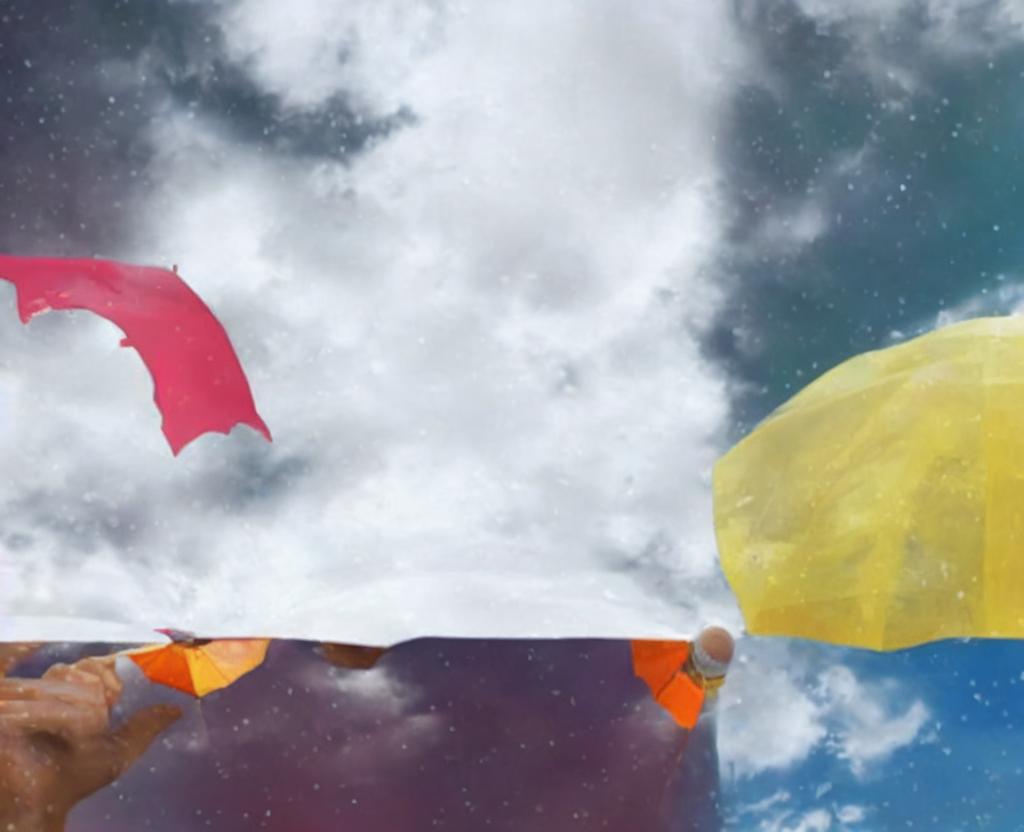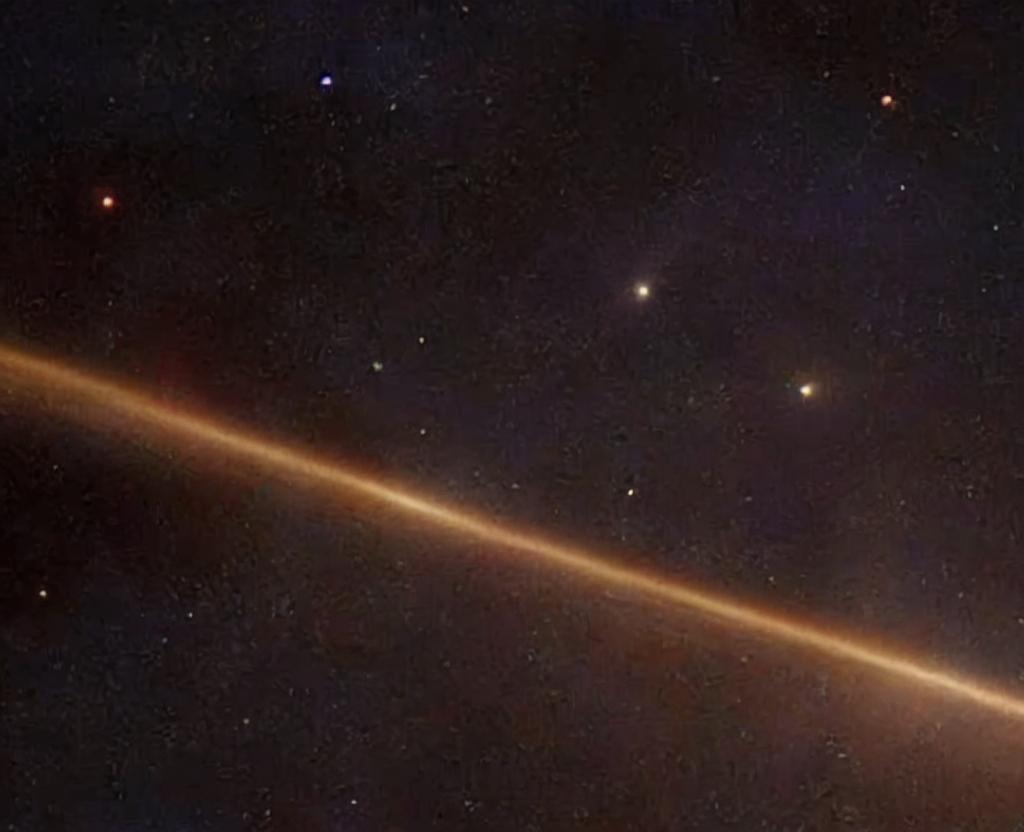
World Meteorological Day
Every year, World Meteorological Day commemorates the date when the World Meteorological Union was established in 1950 on March 23rd.. This day, the public is also educated on the importance of meteorology.
Barometric pressure.. Jet stream is the most popular Jet stream. The wind chill factor is a factor that influences the wind chill factor. Cloud cover.. Chance of precipitation is a possibility.
If you're looking for a weather forecast, you'd probably hear terms like these. A meteorologist would use any of the terms. A meteorologist would use all of the terms. A meteorologist, also known as a weatherman or weather forecaster, is a scientist who studies the atmosphere. Atmospheric science includes atmospheric chemistry and atmospheric physics.
Meteorology has been studied for thousands of years. However, significant progress in meteorology has only been made in the 18th century. The accuracy of weather forecasts has greatly increased thanks to computers and satellites in the twentieth century. Forecasting the weather relied heavily on historical records long before the use of computers. To forecast the weather, we even used astrology at one time.
Here are a few more surprising meteorology facts: Here are some more interesting meteorology news.
- Aristotle is considered to be meteorology's first meteorologist
- The first daily weather forecast appeared in the London Times in 1861
- Wind, temperature, air pressure, and water vapor are all factors that influence weather forecasts, including the wind, temperature, air pressure, and water vapor
Some people may be concerned that the weatherman always seems to make the wrong forecast. However, meteorologists are more accurate than ever thanks to advances in science and technology. In general, the likelihood for a 24-hour forecast is 95 percent. About 75% accuracy for a 5-day forecast is 75%. Metologists can warn people of imminent storms and impending natural disasters, thus saving lives.
#worldmeteorologicalday is the world's biggest meteorological day
Every year on this day, the World Meteorological Organization releases data about the world's climate. They also educate the public on meteorology's most recent events, such as global warming, climate change, and the increasing frequency of natural disasters. To participate: To participate: To participate: To participate: You must register: To participate: To participate: To participate:
- Thank you to your local weatherman for all they do to forecast the weather and keep you safe
- Find out more about meteorology and all that it entails
- Come up with some amusing weather proverbs, such as "red sky at night, sailor's delight" and "you can tell the temperature by counting a cricket's chirps" and
- "Twister," "The Perfect Storm," and "The Day After Tomorrow," and "The Wizard of Oz" are among the films that feature meteorology
With #WorldMeteorologicalDay, you can post a snapshot of your favorite weather on social media this day..
History of the world meteorological day has long been documented.
In 1961, the World Meteorological Organization (WMO), a UN department, established World Meteorological Day (WMO), the World Meteorological Organization (WMO), the World Meteorological Organization (WMO), the United Nations agency, established World Meteorological Day. WMO's main task is to release reports on the state of the world's climate and climate change. The WMO was established on March 23rd in 1950, on this date in 1950. Every year, the WMO chooses a new theme to commemorate the day. The most recent themes include::
2021: The ocean, our atmosphere, and weather are all important. ''
Climate and water in 2020: Climate and water, climate and water.
The Sun, the Earth, and the weather forecast for 2019: The Sun, the Earth, and the weather.
Weather-ready, climate-smart, and weather-smart, 2018: Weather-ready, climate-smart.
2017: Understanding clouds. Understanding clouds.






